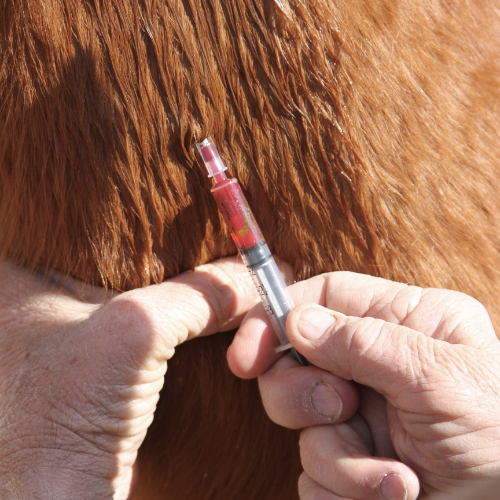By Dr. Lydia F. Gray, posted September 2022
This third article in the Laminitis series explains the role that simple carbohydrates play in this condition. (If you haven’t already read the first two articles, “What is Laminitis in Horses” and “Laminitis Has More Than One Cause,” you may want to check them out first).
In part two, it was explained that “metabolic” laminitis is responsible for 90% of all cases of laminitis in horses. It was also pointed out that metabolic laminitis has several names in the scientific literature:
Endocrinopathic Laminitis (EL)
Hyperinsulinemia-Associated Laminitis (HAL)
Pasture and Endocrinopathy-Associated Laminitis (PEAL)
To better understand metabolic laminitis, here are some definitions of commonly used words when talking about it:
Insulin – a hormone produced by the pancreas in response to a meal that controls the amount of glucose (sugar) in the blood by moving it into cells where it can be used by the body for energy or stored for later use.
Insulin Resistance (IR) – failure of the body to respond properly to insulin
Hyperinsulinemia (HI) – abnormally high levels of insulin in the blood, which is a risk factor for laminitis
Insulin Dysregulation (ID) – a newer term used to describe horses with high levels of insulin in the blood (hyperinsulinemia), regardless of whether it’s caused by insulin resistance or another reason.
Equine Metabolic Syndrome (EMS) – a collection of risk factors such as Insulin Dysregulation, obesity, and/or “lumpy fat” that increases the risk of laminitis in horses. EMS results from the “perfect storm” of genetics and environment, in which a breed prone to this condition is fed a diet high in sugars and starches and receives little to no exercise.
Regional Adiposity – the buildup of lumpy fat (adipose tissue) in certain areas, such as the so-called “cresty neck,” also behind the shoulder, at the tailhead, above the eye, and in the sheath or mammary gland region
Cushing’s Disease/Pituitary Pars Intermedia Dysfunction (PPID) – a slowly progressive endocrine disease common in older horses, PPID happens when the hypothalamus (a part of the brain) gradually degenerates over time and stops sending signals to the pituitary gland (a different part of the brain). This leads to unchecked growth and activity of the pituitary gland causing a number of compounds to be produced, such as ACTH, which is what veterinarians measure in the blood to diagnose Cushing’s Disease. Because Cushing’s can also trigger laminitis, when horses are tested for Cushing’s they should also be tested for insulin issues. Likewise, horses with insulin issues should also be tested for Cushing’s.

Since an abnormally high level of insulin in the blood is the underlying issue for PEAL, it makes sense that preventing insulin from getting too high could be an important way to help avoid laminitis. So what causes insulin levels to increase in the first place?
Earlier, insulin was defined as a hormone that is released in response to a meal containing sugar (or starch, since this is broken down by the GI tract into simple sugars). The more sugar that is eaten, the more insulin that is produced. The less sugar that is eaten, the less sugar that is produced. People with diabetes may be familiar with this explanation because their disease has to do with high blood sugar as well. In horses then, one way to help prevent hyperinsulinemia and possibly Hyperinsulinemia-Associated Laminitis is to feed a low-sugar, low-starch diet.
That may be easier said than done, since the horse community has been conditioned to think that horses “need” grain (which is high in sugars and starches) and that our horses will love us more if we give them treats, many of which are also sugar- and starch-heavy. Then there’s the commonly held belief that ‘all horses should eat grass,’ i.e. that modern grass is the natural food of horses.
For some practical ways to lower sugar and starch intake in horses, read the fourth article in the Laminitis series: “How to Reduce Sugars and Starches in the Horse’s Diet.”
